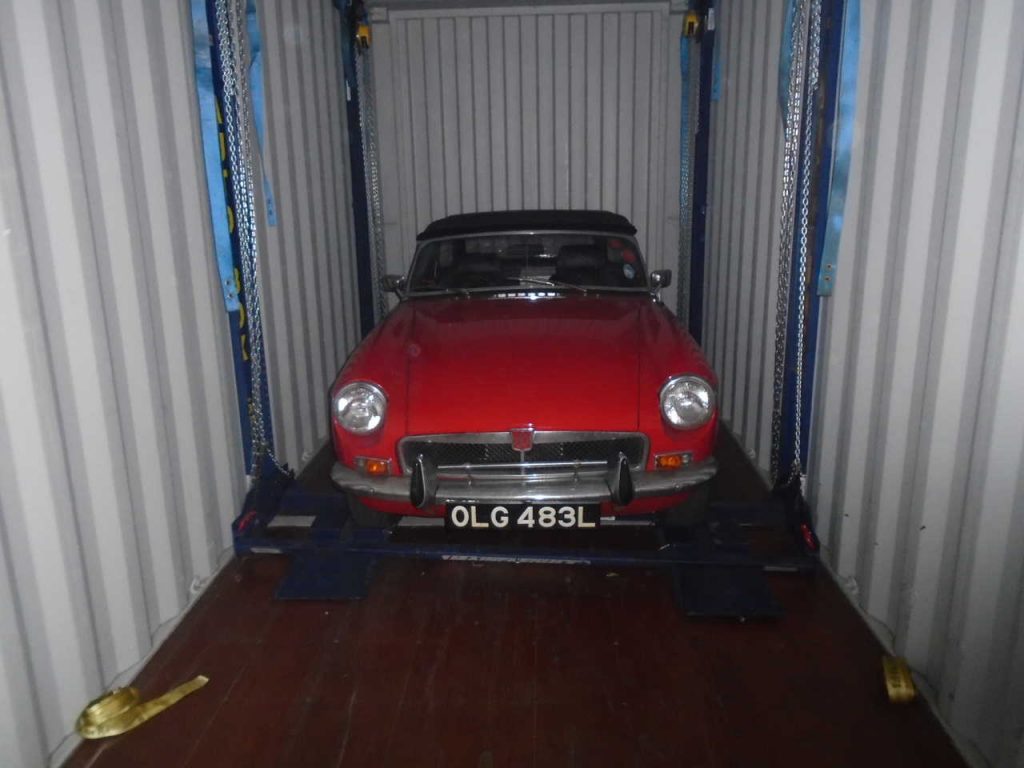Europe has two vehicle standards regimes:
- the Regulations of the United Nations Economic Commission for Europe (UN/ECE)
- the Directives of the Commission of the European Communities (EC, or formerly EEC).
Evidence that your vehicle complies with either of the standards may be acceptable for New Zealand requirements.
You must collect the following documents:
Proof of Ownership
You need to provide evidence that you’re legally entitled to your vehicle. This includes:
- the original documents that prove previous registration and provide an ownership trail that goes back to the last registered owner in the country where the vehicle was last registered, and
- certified English translations of all documents not in English (bills of sale, purchase receipts etc).
Evidence of Compliance With Emission Standards
For both used and parallel-imported new vehicles, acceptable proof your vehicle meets New Zealand requirements can be:
- a suitable European Community (EC) whole vehicle approval plate/sticker
- a suitable UN/ECE approval plate/sticker
- a certificate of conformity or statement of compliance that includes an approved emission standard.
Determining Emissions Level from EC Directives (for light vehicles)
The regulation name can be listed either independently or within a UN/ECE system approval number.
Evidence of Compliance with Frontal Impact Standards
For Cars
You may be able to prove your car complies using our frontal impact lists. These lists cover vehicles manufactured during 1994-1996 when frontal impact standards were being developed. They, therefore, apply mainly to used imports. If the list says your vehicle does not meet a frontal impact standard, then you cannot bring it into New Zealand.
If your vehicle isn’t listed, it will most likely have an EC whole vehicle approval plate/sticker affixed to it, which you may be able to use to show that it complies with almost all of New Zealand’s vehicle requirements. You can only use it as evidence if it includes the EC directive ‘2001/116’.
You may not have to prove your vehicle complies with frontal impact standards if:
- it is more than 20 years old
- it is a ‘special interest’ vehicle
- You’re emigrating or returning to New Zealand and seeking to take your vehicle with you.
Find out more about these exceptions.
For 4×4, SUV and Forward-Control Vans (Classes MB and MC)
If your Class MB or Class MC vehicle was manufactured after 1 October 2003, it must meet a frontal impact standard. The exception is if you’re emigrating to New Zealand and seeking to bring your vehicle with you. Find out more about this exception.
Your vehicle will most likely have an EC whole vehicle approval plate or sticker affixed to it, which you may be able to use to show that it complies with almost all of New Zealand’s vehicle requirements. You can only use it as evidence if it includes the EC directive ‘2001/116’.
Evidence of Overall Standards Compliance
In many cases, an EC whole vehicle approval plate/sticker or a suitable UN/ECE Approval plate/sticker affixed to your vehicle is acceptable evidence that your vehicle meets applicable standards in New Zealand. This proves your vehicle met the EC or UN/ECE standards when manufactured.
Before you import a European vehicle, it’s wise to talk with an entry certifier to determine whether the EC or UN/ECE whole vehicle approval on your vehicle is acceptable.
No plate or sticker? You’ll need to get a statement of compliance as evidence.

